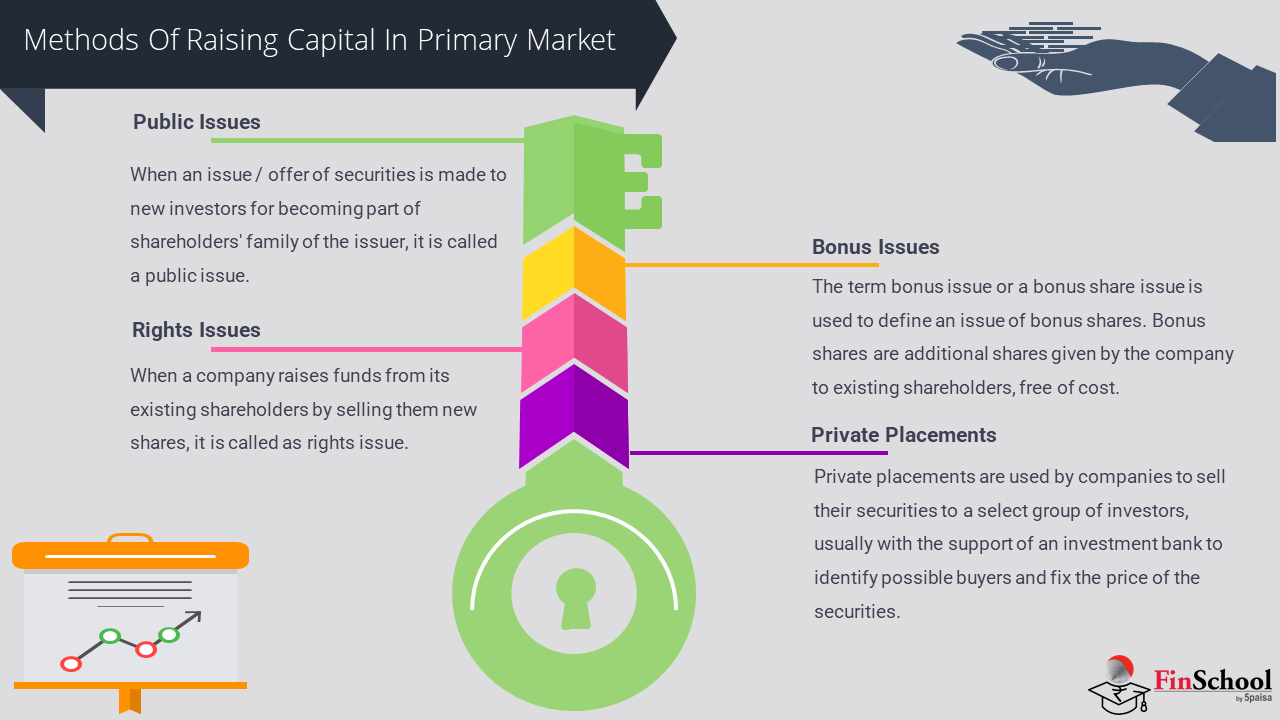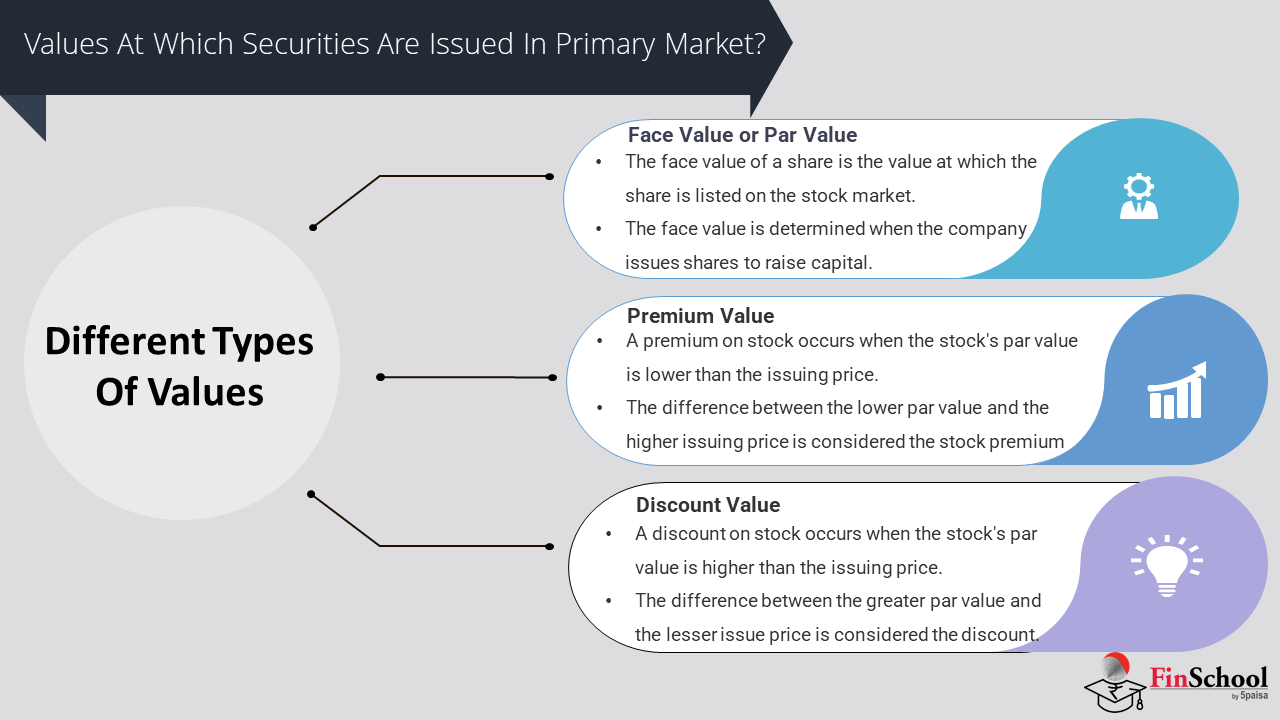- Study
- Slides
- Videos
3.1 The Stochastic Oscillator

Option scalping is a trading strategy that involves making numerous small trades to exploit small price movements in options contracts. The goal of option scalping is to profit from short-term fluctuations in the price of options rather than holding positions for an extended period.
The Stochastic Oscillator is a momentum indicator which is used in technical analysis. It is used to identify potential trend reversals and also overbought or oversold conditions in a financial asset’s price. It compares the most recent closing price of a security to its price range over a specified period of time.
Here’s how the Stochastic Oscillator works:
- %K Line:
This line represents the current price relative to the range of prices over a specified period.
The formula for %K is:
%𝐾= (Closing Price−Lowest Low Highest High−Lowest Low) ×100
%K= (Highest High−Lowest Low Closing Price−Lowest Low) ×100
Where the lowest low and highest high refer to the lowest and highest prices over the specified period, respectively.
- %D Line: This is a moving average of the %K line over a specified number of periods. Commonly, a simple moving average (SMA) or exponential moving average (EMA) is used for %D. The most typical period for %D is 3.
- Interpretation:
- The Stochastic Oscillator ranges from 0 to 100.
- Readings above 80 are generally considered overbought, suggesting that the asset may be due for a downward correction.
- Readings below 20 are typically considered oversold, indicating that the asset may be due for an upward correction.
- Signal Generation:
- Crosses: Traders often look for %K crossing above or below %D as potential buy or sell signals. For example, a buy signal may occur when %K crosses above %D below the oversold level (20), indicating a potential upward movement.
- Divergence: Divergence between price action and the Stochastic Oscillator can signal potential reversals. For instance, if prices are making higher highs while the Stochastic Oscillator is making lower highs, it may indicate weakening momentum.
- Confirmation:
- Traders often use the Stochastic Oscillator in conjunction with other technical indicators or analysis techniques to confirm signals and filter out false positives.
Example of Stochastic Oscillator
Let’s consider an example of how the Stochastic Oscillator can be applied to analyze the price movements of a hypothetical stock over a certain period.
Suppose we’re looking at the daily price data of Stock XYZ over the past 14 trading days. Here’s the closing price data for each day:
|
₹ |
||
|
Day |
1 |
50 |
|
Day |
2 |
52 |
|
Day |
3 |
53 |
|
Day |
4 |
55 |
|
Day |
5 |
54 |
|
Day |
6 |
56 |
|
Day |
7 |
58 |
|
Day |
8 |
57 |
|
Day |
9 |
59 |
|
Day |
10 |
61 |
|
Day |
11 |
60 |
|
Day |
12 |
62 |
|
Day |
13 |
63 |
|
Day |
14 |
65 |
We’ll calculate the Stochastic Oscillator using a 14-day period, which is a common setting. For simplicity, let’s use a 3-day moving average for the %D line.
- Calculate %K:
We’ll calculate the %K line for each day using the formula:
%𝐾= (Closing Price−Lowest Low)/ (Highest High−Lowest Low) ×100
%K= (Highest High−Lowest Low/Closing Price−Lowest Low) ×100
For day 14:
%𝐾14= (65−52)/ (65−50) ×100= (13/15) ×100=86.67%
%K14= (65−50)/ (65−52) ×100= (15/13) ×100=86.67%
- Calculate %D:
We’ll calculate the 3-day simple moving average of the %K values to obtain the %D line. Since we only have %K values for the past 3 days, we’ll start calculating %D from day 14.
For day 14:
%𝐷14= %𝐾14+%𝐾13+%𝐾123
=86.67+%𝐾13+%𝐾123
%D14= %K14+%K13+%K12
=386.67+%K13+%K12
- Repeat steps 1 and 2 for each day to calculate %K and %D for the entire period.
Once we have the %K and %D values for each day, we can plot them on a chart along with the stock’s closing prices. By analyzing the movements of the %K and %D lines and their relationship to overbought and oversold levels (typically 80 and 20, respectively), traders can identify potential buying or selling opportunities.
In this example, if %K crosses above %D below the oversold level (20), it might signal a potential upward movement, while if %K crosses below %D above the overbought level (80), it might signal a potential downward movement. Traders would typically use additional analysis techniques to confirm these signals and make informed trading decision
3.2 Moving Average Strategy in Options Scalping
A moving average strategy can be incorporated into options scalping to identify trends and potential entry or exit points. Here’s how you could integrate a moving average into your options scalping strategy:
Selecting Moving Averages:
- Firstly you need to choose two moving averages that too with different time periods. Common combinations include the 50-period and 200-period moving averages or the 10-period and 50-period moving averages.
- The shorter moving average reacts more quickly to price changes and can signal short-term trends, while the longer moving average provides a smoother indication of the overall trend.
Trend Identification:
- When the shorter-term moving average crosses above the longer-term moving average, it could signal an uptrend, suggesting potential bullish opportunities.
- Conversely, when the shorter-term moving average crosses below the longer-term moving average, it could indicate a downtrend, signalling potential bearish opportunities.
Entry Criteria:
- Look for entry opportunities aligned with the direction of the trend identified by the moving averages.
- For bullish trades, consider entering long call options when the shorter-term moving average crosses above the longer-term moving average.
- For bearish trades, consider entering long put options when the shorter-term moving average crosses below the longer-term moving average.
Exit Criteria:
- Consider exiting positions when the moving average crossover signals a potential trend reversal.
- Alternatively, use other technical indicators or price action signals to confirm exit points.
Risk Management:
- Stop-loss orders should be set to limit potential losses and adhere to strict risk management rules.
- Adjust position sizes based on the distance between entry points and stop-loss levels to maintain a consistent risk-reward ratio.
Confirmation and Fine-Tuning:
Use additional technical indicators or price action analysis to confirm moving average signals and filter out false signals.
Regularly review and fine-tune the strategy based on feedback and performance analysis.
Example:
Let’s say you’re scalping options on a stock and using the 10-period and 50-period moving averages. Here’s how the strategy might work:
Entry:
- When the 10-period moving average crosses above the 50-period moving average, consider entering long call options to capitalize on a potential uptrend.
- When the 10-period moving average crosses below the 50-period moving average, consider entering long put options to capitalize on a potential downtrend.
Exit:
- Exit positions when the moving averages signal a potential trend reversal.
- Alternatively, use a predetermined profit target or trailing stop-loss to exit the position.
Risk Management:
- Set stop-loss orders below the entry point for long call options and above the entry point for long put options to limit potential losses.
Using moving averages in scalping strategies
In scalping strategies, moving averages can be used to identify short-term trends and potential entry or exit points for quick trades. Here’s how moving averages can be incorporated into scalping strategies:
- Identifying Short-Term Trends: Scalpers aim to capitalize on short-term price movements, and moving averages can help identify trends over these short timeframes. Shorter-period moving averages, such as the 5-period or 10-period moving averages, are commonly used to capture short-term trends.
- Moving Average Crossovers: Scalpers often use moving average crossovers as entry or exit signals. For example:
- Bullish Crossover: When a shorter-term moving average (e.g., 5-period) crosses above a longer-term moving average (e.g., 10-period), it may signal a potential buying opportunity.
- Bearish Crossover: Conversely, when the shorter-term moving average crosses below the longer-term moving average, it may indicate a potential selling opportunity.
- Filtering Trades: Moving averages can help filter trades by confirming the direction of the trend. Scalpers may only take trades in the direction of the moving average crossover to increase the probability of success.
- Support and Resistance: Moving averages can act as dynamic support or resistance levels. Traders may look for bounces off moving averages as potential entry points or use them to set stop-loss orders.
- Trend Strength: The angle and separation between moving averages can provide insights into the strength of the trend. Steep angles and wider separation may indicate a strong trend, while narrow separation or convergence may signal a weakening trend or consolidation.
- Adjustment for Volatility: In fast-moving markets, scalpers may use shorter-period moving averages to adapt to changes in volatility and capture shorter-term price fluctuations.
- Multiple Moving Averages: Some scalpers use multiple moving averages of different lengths to capture various aspects of price movements. For example, combining a short-term moving average with a longer-term moving average can provide a more comprehensive view of the trend.
3.3 Parabolic SAR Indicator Strategy
Parabolic SAR, which stands for “Stop and Reverse,” is a technical indicator primarily used in trading to identify potential trend reversals and set trailing stop-loss levels. Developed by Welles Wilder, Parabolic SAR helps traders determine optimal entry and exit points in trending markets.
Here’s how Parabolic SAR works:
- Calculation: Parabolic SAR calculates a series of dots or points plotted directly on the price chart. The formula for calculating Parabolic SAR involves two variables: the “acceleration factor” (AF) and the “extreme point” (EP). Initially, the SAR value is typically set to the lowest or highest price observed in the trend, depending on the direction of the trend. For subsequent periods, the SAR value is calculated based on the previous SAR value and the acceleration factor. The acceleration factor increases over time, which causes the SAR dots to accelerate towards the price, hence the name “Parabolic.”
Interpretation:
When the price is below the SAR dots, the dots are plotted above the price, indicating a downtrend. Conversely, when the price is above the SAR dots, the dots are plotted below the price, indicating an uptrend. A change in the direction of the dots may signal a potential trend reversal.
Trailing Stop-Loss:
Parabolic SAR is commonly used as a trailing stop-loss mechanism. During an uptrend, the SAR dots act as dynamic support levels, while during a downtrend, they act as dynamic resistance levels. In an uptrend, the SAR dots rise, and traders might consider placing their stop-loss orders just below the SAR dots. In a downtrend, the SAR dots decline, and traders might consider placing their stop-loss orders just above the SAR dots.
Switching Positions:
When the price crosses the SAR dots, it may signal a potential change in the direction of the trend. Traders may consider closing their existing positions and opening new ones in the opposite direction.
Acceleration Factor:
The acceleration factor determines the rate at which the SAR dots converge towards the price. Traders can adjust the acceleration factor based on market conditions and their trading preferences.
Example of Parabolic SAR
|
Date |
Close Price (INR) |
Parabolic SAR (INR) |
|
01-05-24 |
1200 |
_ |
|
02-05-24 |
1180 |
_ |
|
03-05-24 |
1215 |
1180 |
|
04-05-24 |
1190 |
1215 |
|
05-05-24 |
1225 |
1190 |
|
06-05-24 |
1240 |
1225 |
|
07-05-24 |
1220 |
1240 |
|
08-05-24 |
1235 |
1220 |
|
09-05-24 |
1260 |
1235 |
|
10-05-24 |
1245 |
1260 |
In this example, the Parabolic SAR initially doesn’t provide any value until enough data points are available for calculation. As the price evolves, the Parabolic SAR dots start to appear. When the dots are below the price, it suggests an upward trend, and when the dots are above the price, it suggests a downward trend. The dots also act as potential trailing stop-loss levels.
3.4 RSI Indicator
In options scalping, the Relative Strength Index (RSI) can be a valuable tool for identifying potential entry and exit points based on short-term momentum shifts. Here’s how you can incorporate the RSI indicator into your options scalping strategy:
Overbought/Oversold Levels:
- Use the traditional RSI overbought (above 70) and oversold (below 30) levels to identify potential reversal points.
- When the RSI crosses above 70, it suggests the underlying asset may be overbought, indicating a potential opportunity to enter short put options or exit long call options.
- Conversely, when the RSI crosses below 30, it suggests the underlying asset may be oversold, indicating a potential opportunity to enter long call options or exit short put options.
RSI Divergence:
- Look for divergence between the RSI and price action to anticipate potential trend reversals.
- Bullish divergence occurs when the price makes lower lows while the RSI forms higher lows. It may signal a potential bullish reversal, indicating an opportunity to enter long call options or exit short put options.
- Bearish divergence occurs when the price makes higher highs while the RSI forms lower highs also it may signal a potential bearish reversal, indicating an opportunity to enter short put options or exit long call options.
RSI Trend line Breaks:
- Draw trend lines on the RSI indicator and look for breaks above or below these trend lines.
- A break above a downward trend line on the RSI may signal a bullish reversal, indicating an opportunity to enter long call options or exit short put options.
- A break below an upward trend line on the RSI may signal a bearish reversal, indicating an opportunity to enter short put options or exit long call options.
- Combination with Other Indicators:
- Combine RSI signals with other technical indicators, such as moving averages, MACD, or Bollinger Bands, for confirmation and to filter out false signals.
- For example, you may use RSI overbought or oversold signals in conjunction with a moving average crossover strategy to identify high-probability trade setups.
Risk Management:
- Implement proper risk management techniques, including setting stop-loss orders and position sizing, to manage risk when trading options based on RSI signals.
- Consider the expiration date and volatility of the options contracts when determining position size and risk exposure.
- As always, it’s essential to back test any strategy before implementing it in live trading and to adapt the strategy to suit your risk tolerance, trading style, and market conditions. Additionally, stay informed about upcoming events and news that could impact the underlying asset and options prices.
Importance of RSI in scalping
In scalping, where traders aim to profit from small price movements over short time frames, every bit of information counts. The Relative Strength Index (RSI) can play a significant role in this fast-paced trading strategy for several reasons:
- Identification of Overbought and Oversold Conditions: RSI values above 70 typically indicate overbought conditions, suggesting that the price may be due for a reversal or pullback. Conversely, RSI values below 30 indicate oversold conditions, suggesting potential buying opportunities. Scalpers can use these levels to make quick decisions on entry and exit points.
- Confirmation of Price Movements: Scalpers often rely on multiple indicators to confirm their trading decisions. RSI can serve as a confirming signal when combined with other technical indicators, such as moving averages or volume analysis. When RSI aligns with other signals, it can increase the trader’s confidence in their chosen direction.
- Quick Decision Making: Scalping requires rapid decision-making, and RSI provides immediate feedback on the strength of price movements. If RSI quickly moves into overbought or oversold territory, it can signal a potential opportunity for a quick trade. This quick feedback loop is essential for scalpers looking to capitalize on short-term market movements.
- Risk Management: Scalping is inherently risky due to the short time frames involved. RSI can help scalpers manage risk by providing signals to exit trades if the market moves against them. For example, if RSI moves above 70 after a short position has been taken, it may indicate that the price is about to reverse, prompting the trader to exit the trade to limit potential losses.
- Divergence Signals: RSI divergence, where the indicator moves in the opposite direction of price, can be a powerful signal for scalpers. Divergence may indicate that the current price trend is losing momentum and could reverse soon. Scalpers can use this signal to anticipate potential changes in price direction and adjust their trading strategy accordingly.
Overall, while RSI is just one tool among many used by scalpers, its ability to provide quick feedback on market conditions, identify potential reversal points, and aid in risk management makes it a valuable component of a scalping strategy. However, it’s important for traders to remember that no single indicator guarantees success, and RSI should be used in conjunction with other analysis techniques and risk management practices.
Key Takeaways
- The Stochastic Oscillator is a valuable tool for traders to identify potential entry and exit points based on momentum and price movements. By comparing the closing price to a range of prices over a specified period, it helps in determining overbought or oversold conditions, guiding traders on possible market reversals or continuations. Its effectiveness increases when used alongside other indicators and analysis methods.
- A moving average strategy in options scalping leverages the simplicity and effectiveness of moving averages to identify short-term trading opportunities. By focusing on crossover signals and price positions relative to MAs, scalpers can make quick, informed decisions. However, due to the inherent risks and potential for false signals, this strategy should be used with additional indicators and robust risk management practices.
- The Parabolic SAR is a valuable tool for identifying trends and potential reversals in the market. By plotting points above or below the price, it gives traders clear visual cues on the direction of momentum and when to consider entering or exiting trades. However, it is important to combine the Parabolic SAR with other indicators and analysis techniques to filter out false signals and enhance trading decisions.
- The RSI indicator is a powerful tool for options scalping, helping traders identify overbought and oversold conditions, potential reversals, and momentum strength. By using shorter RSI periods, combining it with other indicators, and implementing robust risk management practices, scalpers can enhance their decision-making process and improve their chances of success in the fast-paced world of options trading

















